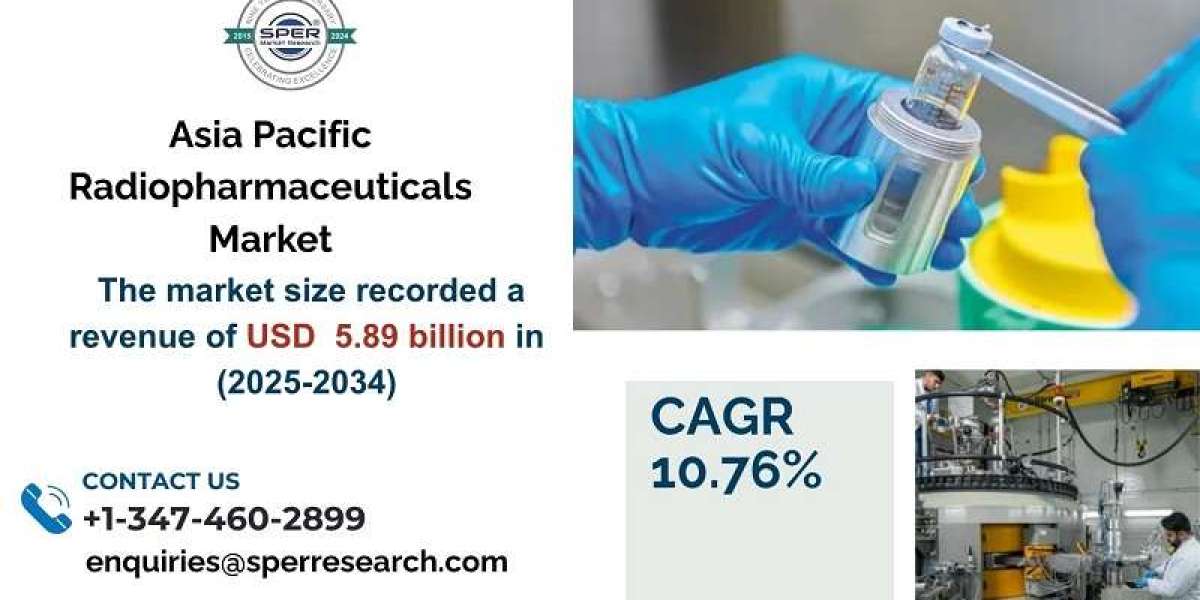Welding aluminum has always posed a significant challenge due to the metal’s high thermal conductivity, low melting point, and tendency to oxidize rapidly. Traditional methods such as TIG (Tungsten Inert Gas) and MIG (Metal Inert Gas) welding often struggle with aluminum because they require high skill levels, involve pre-cleaning, and can result in warping, porosity, or inconsistent welds. However, with the advent of aluminum laser welders, industries now have access to a precise, efficient, and highly controlled method for welding this lightweight yet strong material.
What is an Aluminum Laser Welder?
An aluminum laser welder is a laser-based welding machine specifically optimized to handle the unique properties of aluminum. It uses a concentrated laser beam—typically from a fiber laser or other high-powered laser source—to melt and fuse aluminum surfaces together. These machines can be either handheld for manual operation or integrated into automated systems for industrial applications.
Why Aluminum is Difficult to Weld Traditionally
Aluminum’s high thermal conductivity causes heat to spread quickly, requiring more energy input for effective weld penetration. At the same time, its low melting point makes it prone to burn-through if not carefully managed. Additionally, aluminum forms a tough oxide layer on its surface, which melts at a much higher temperature than the base metal, often resulting in inconsistent welds. These challenges make traditional welding techniques slower, less efficient, and more dependent on operator skill.
Advantages of Aluminum Laser Welding
High Precision and Control:
Laser welders offer pinpoint accuracy, allowing precise control over the heat input and penetration depth. This is particularly important when welding thin aluminum sheets or complex joints.Minimal Heat-Affected Zone (HAZ):
Because laser welding uses concentrated energy, the surrounding metal experiences less heat exposure. This minimizes warping, distortion, and structural weakening—common issues with traditional methods.Cleaner, Stronger Welds:
Laser welding produces clean and aesthetically pleasing welds with minimal spatter or need for post-processing. It also reduces the likelihood of common defects like porosity and cracks, resulting in stronger joints.High Speed and Efficiency:
Aluminum laser welders operate at significantly higher speeds than traditional methods, allowing for faster project completion and increased productivity in manufacturing environments.Automation-Friendly:
Laser welding can be easily integrated into automated systems, including robotic arms and CNC machinery. This ensures consistent, high-quality welds in high-volume production lines.Reduced Need for Filler Materials:
In many cases, aluminum laser welding can be done autogenously (without filler material), reducing costs and simplifying the process.
Applications
Automotive Industry: Lightweight aluminum components for electric vehicles, body frames, and battery enclosures.
Aerospace: Aircraft fuselages, structural parts, and heat-resistant components.
Electronics and Appliances: Aluminum enclosures and heat sinks.
Construction and Architecture: Lightweight frameworks, panels, and decorative elements.
Marine Industry: Boat hulls and structural elements that require corrosion resistance and strength.
Conclusion
An aluminum laser welder offers a modern solution to the long-standing challenges of welding aluminum. Its combination of precision, speed, and low thermal impact makes it a preferred choice for industries that demand lightweight materials with strong, reliable welds. Whether in automotive manufacturing, aerospace engineering, or custom fabrication, aluminum laser welding is revolutionizing how we join one of the world’s most versatile metals.



